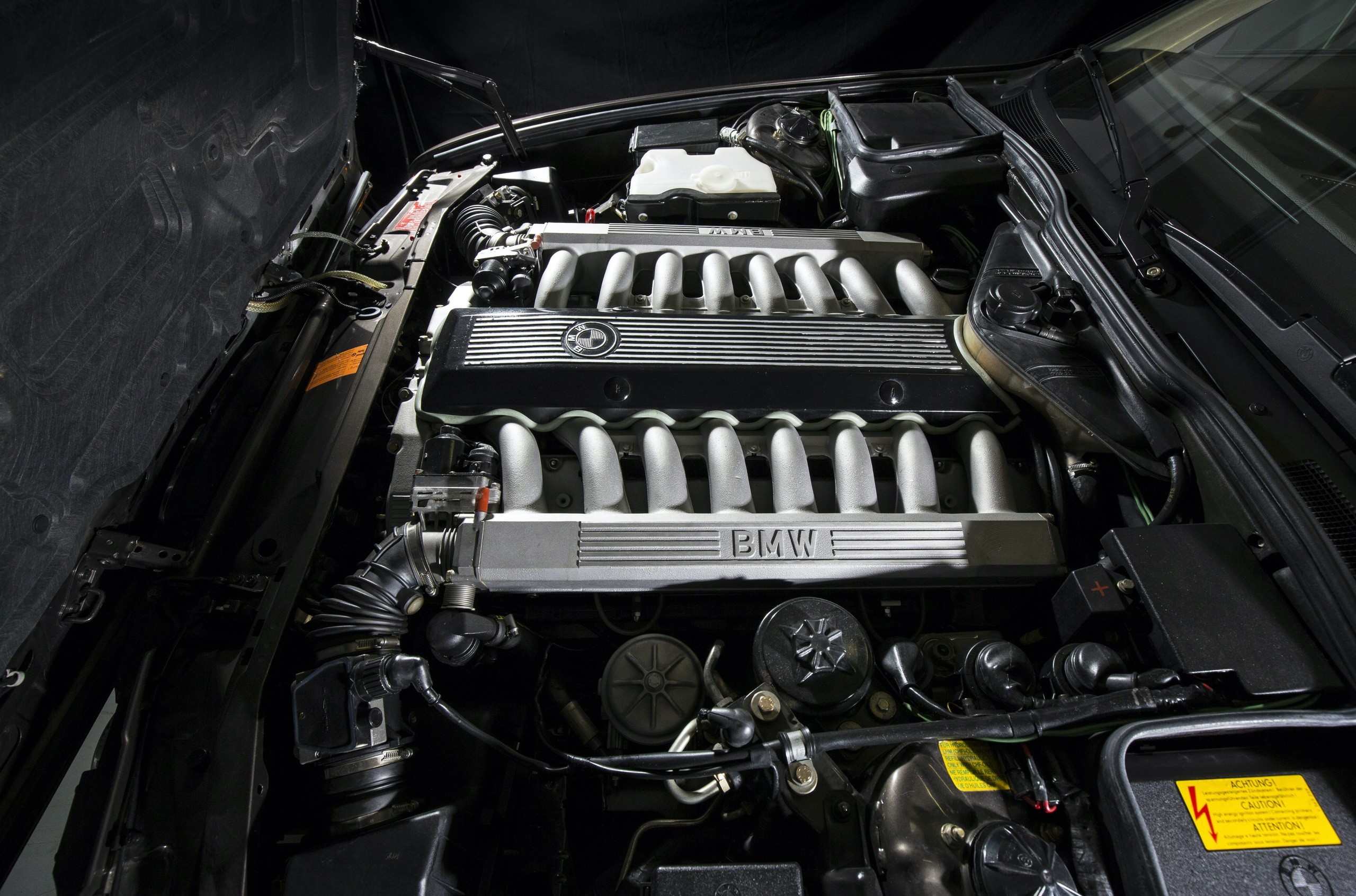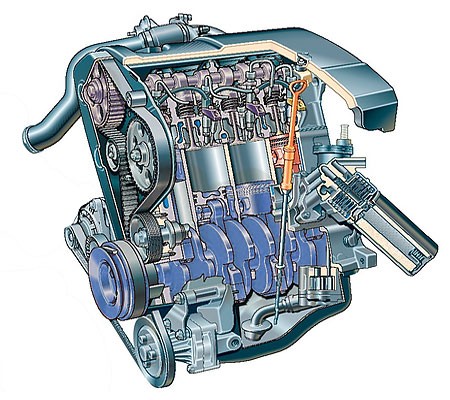
V16 engine - everything you need to know about the iconic unit
Content
The first work on this engine began in 1927. Howard Marmont, who took charge, did not complete production of the Sixteen until 1931. Cadillac at that time had already introduced the unit, which was developed by a former engineer who worked under Marmont, Owen Nacker. Work on the creation of the V16 engine was also carried out at the Peerless plant. What was its history? See later in the article for more information.
What are the characteristics of the motor?
The designation "V" refers to the location of the cylinders, and 16 - to their number. The unit is hardly economical. The difficulty of maintaining individual components is another reason why this type of engine is not common.
A characteristic feature of the V16 engine is the excellent balance of the unit. This is true regardless of the V angle. The design does not require the use of counter-rotating balance shafts, which are required on other models for balancing inline 8-cylinder or odd units, and a balanced crankshaft. The last case is the V90 XNUMX° block.
Why didn't the V16 block become widespread?
This is mainly because the V8 and V12 versions provide the same power as a V16 engine but are cheaper to run. The BMW brand uses the V8 in models such as the G14, G15, M850i and G05. In turn, the V12 is installed, for example, on the G11/G12 BMW 7 Series.
Where to find a V16 engine?
The lower costs also apply to the manufacturing process. Several versions of the V16 were produced to meet the needs of luxury and performance vehicles. Models are valued for their smooth ride, and they also generate low vibrations, which affects travel comfort. V16 units were used only in cars? They can also be found in machines such as:
- locomotives;
- jet ski;
- stationary power generators.
The history of the unit in commercial vehicles
As we mentioned earlier, the V16 engine in commercial vehicles was introduced after the unit was created by former Marmon engineer Owen Nacker. It was the 452nd Cadillac series. This extremely elegant car is known from many films. It was run by the biggest movie and pop stars. The model experienced its heyday from 1930 to 1940. The plant was put back into production in 2003.
Block OHV and 431 CID
There were two varieties available. 7,4 hp OHV and angle V 45 ° was produced in 1930-1937. The new design 431 CID 7,1 L in the 90 series was introduced in 1938. It had a flat valve assembly and a V angle of 135°. This resulted in a lower lid height. This V16 under the hood was durable and smooth, with a simpler design and an external oil filter.
OHV block reactivation in 2003
Many years later, the V16 engine was revived when Cadillac revived the unit in 2003. It was installed in the Cadillac Sixteen concept car. It was a 16 hp V1000 OHV engine.
V16 engine in car racing
The V16 engine was used in the mid-powered Auto Union racing cars that competed with Mercedes from 1933 to 1938. This type of engine was chosen by Alfa Romeo for the Tipo 162 (135° V16) and Tipo 316 (60° V16).
The first is a prototype, while the second was used during the Tripoli Grand Prix in 1938. The device was built by Wifredo Ricart. He developed 490 hp. (specific power 164 hp per liter) at 7800 rpm. Attempts to permanently use the V16 unit were also made by BRM, but many drivers ended up with burns, for this reason its production was discontinued.
The V16 engine is a very interesting unit, but it has not gained wide popularity. However, it was definitely worth getting to know its specification and interesting history with a continuation in the XNUMXth century!
A photo. main: Haubitzn via Wikipedia, CC BY-SA 4.0

